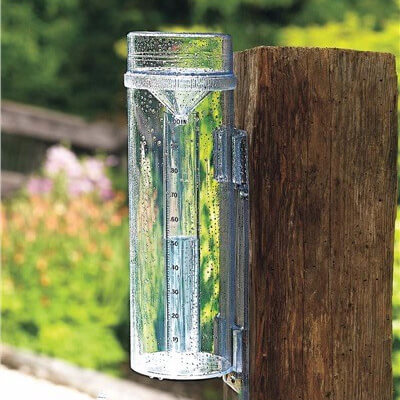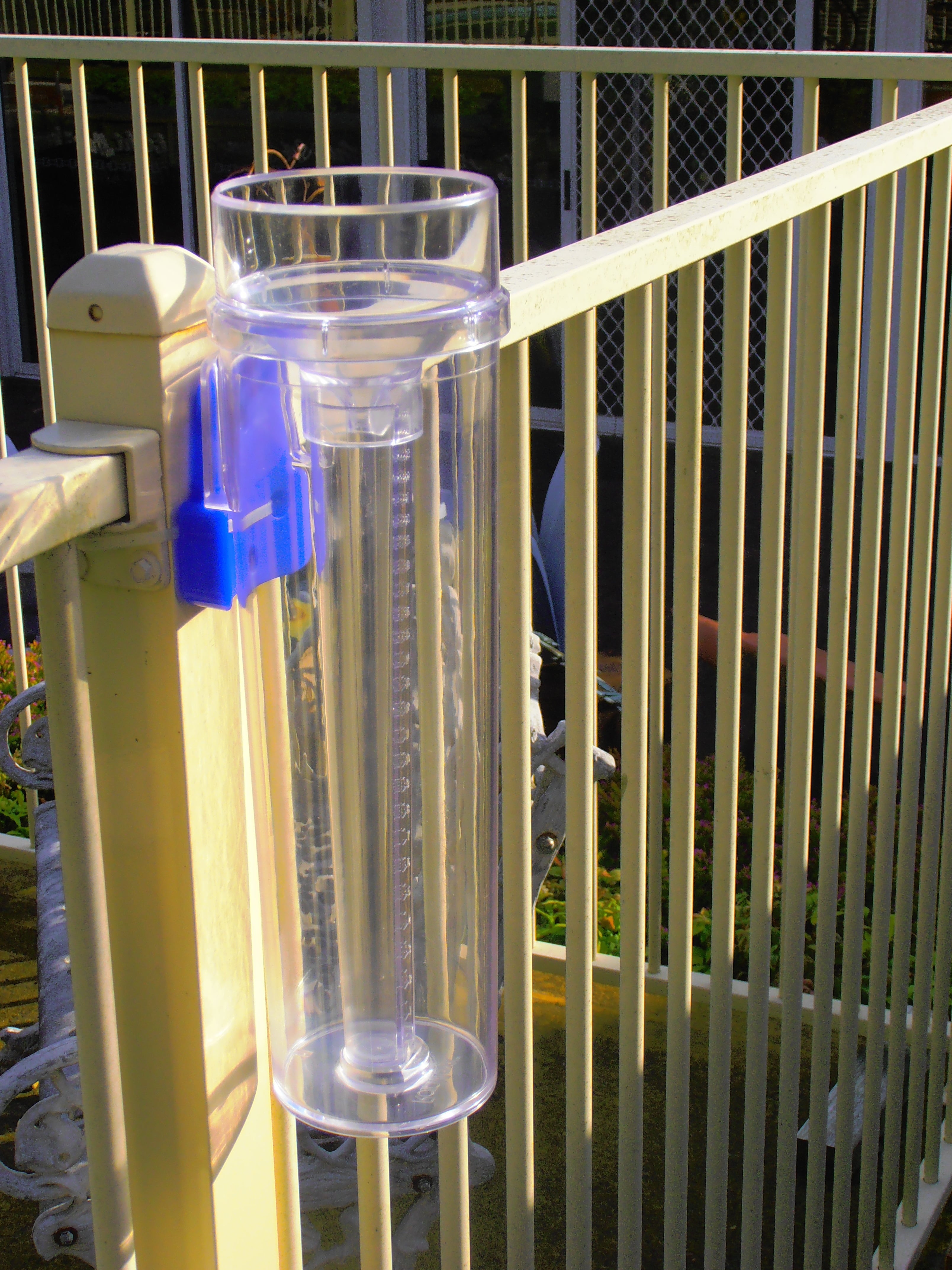Rain Gauge Acquiring Overview: What You Required to Know for Optimum Efficiency
Rain Gauge Acquiring Overview: What You Required to Know for Optimum Efficiency
Blog Article
Unveiling the Scientific Research Behind Rainfall Gauges: Exactly How These Tools Play an Essential Function in Environment Study and Environmental Monitoring
Rainfall gauges, seemingly basic tools, hold an extensive relevance in the world of environment study and environmental tracking. These humble instruments silently collect one of nature's most important components-- rainfall. Yet, behind their unpretentious facade exists an intricate scientific research that is important for recognizing the characteristics of our environment. As we peel off back the layers of this clinical shroud surrounding rainfall assesses, we discover a globe where accuracy, information accuracy, and precise observation merge to introduce a deeper understanding of our transforming environment and its effect on the earth.
Relevance of Rainfall Scales
Rain evaluates play an indispensable duty in surveillance and gauging precipitation degrees, giving necessary information for climate research and evaluation. These gadgets are essential in measuring the amount of rains that happens in a specific location over a specific period. By determining and collecting rain, rain gauges deal important understandings into the distribution and intensity of rainfall, aiding meteorologists, hydrologists, and climatologists in understanding climate patterns and fads.
Among the key reasons that rain gauges are important is their capacity to supply accurate and localized data. Unlike satellite or radar-based dimensions, which provide more comprehensive monitorings, rain evaluates deal precise info details to the location where they are placed. This local data is crucial for various applications, including flood projecting, drought tracking, and water source management. In addition, long-lasting information collected from rain assesses helps in examining climate modification influences and patterns, adding substantially to clinical research study and decision-making procedures. Fundamentally, rain evaluates work as crucial tools in the field of weather forecasting and ecological scientific research, playing an essential function beforehand our understanding of climate and environment dynamics.
Kinds Of Rainfall Gauges

Performance and Operation
In the realm of environment study and atmospheric researches, the effectiveness of rainfall assesses depend on their elaborate functionality and accurate operational devices. Rainfall evaluates are designed to precisely gauge the amount of rainfall that tips over a particular area during a collection period. These tools typically contain a funnel that collects rain and channels it right into a determining tube. The measuring tube is marked with calibrated dimensions that enable the accurate quantification of rains.
The capability of rain determines is based on the concept of gathering and measuring rainwater in a standardized manner. This accumulated data is crucial for comprehending local weather patterns, tracking lasting climate fads, and examining ecological impacts. To make certain exact measurements, rain assesses requirement to be purposefully put in open locations far from blockages such as buildings or trees that can conflict with the collection process.
The operational aspect of rainfall evaluates entails normal maintenance to stop debris buildup, calibration checks to maintain measurement precision, web and information taping for analysis (rain gauge). Overall, the capability and operation of rainfall evaluates are important for collecting trustworthy rainfall information essential to environment research study and ecological monitoring
Function in Environment Research
Offered the important significance of exact rainfall dimensions in recognizing climate patterns and environmental impacts, the function of rainfall gauges in climate research is indispensable. Rainfall gauges supply essential data for environment research study by evaluating the amount of rainfall that tips over a specific location throughout a provided duration. This information is vital for monitoring lasting patterns in rainfall patterns, evaluating the impact of environment modification on rainfall distribution, and improving environment versions.

Environment researchers use data accumulated from rainfall assesses to evaluate variants in precipitation levels, recognize local environment patterns, and evaluate the efficiency of water source administration strategies. By contrasting historic precipitation information with current measurements, researchers can spot shifts in rainfall patterns, more tips here such as adjustments in the regularity or strength of rainfall events. This info is important for recognizing how environment modification is influencing rainfall characteristics and can assist policymakers make informed choices relating to adjustment and mitigation approaches.
Applications in Ecological Tracking

In flooding projecting, rain scale information aids to track rains intensity and distribution, permitting authorities to release prompt cautions and take necessary actions to mitigate flood risks (rain gauge). Drought surveillance counts on rain gauge data to analyze dampness levels in the soil and track precipitation shortages, assisting in the recognition of drought-prone areas and the implementation of dry spell response strategies
Furthermore, rain gauge information plays a crucial role in water source administration by supplying details on water schedule and use fads. Furthermore, in farming, rainfall scale data assists farmers in optimizing irrigation routines, plant choice, and overall farm monitoring practices based on neighborhood rainfall patterns.
Verdict
To conclude, rain assesses are important devices for gauging rainfall, giving valuable information for climate study and environmental tracking. With different types and functionalities, rain determines play an important duty in comprehending rainfall patterns and their influence on the atmosphere. By precisely measuring rainfall, these devices add to the innovation of scientific expertise and aid in making notified decisions pertaining to water source administration and disaster readiness.
Rain gauges play an essential role in tracking and determining precipitation degrees, providing important data for climate study and analysis. The basic rain gauge, understood as the "tipping bucket" scale, is one of the most generally used gadgets. Ultrasonic rainfall assesses usage sound waves to spot the existence of rain, giving real-time information on precipitation degrees.Environment researchers make use of information gathered from rainfall assesses to assess variations in rainfall levels, determine local environment trends, and review the performance of water resource administration approaches.In conclusion, rain evaluates are essential devices for measuring precipitation, giving valuable data for environment research study and ecological monitoring.
Report this page